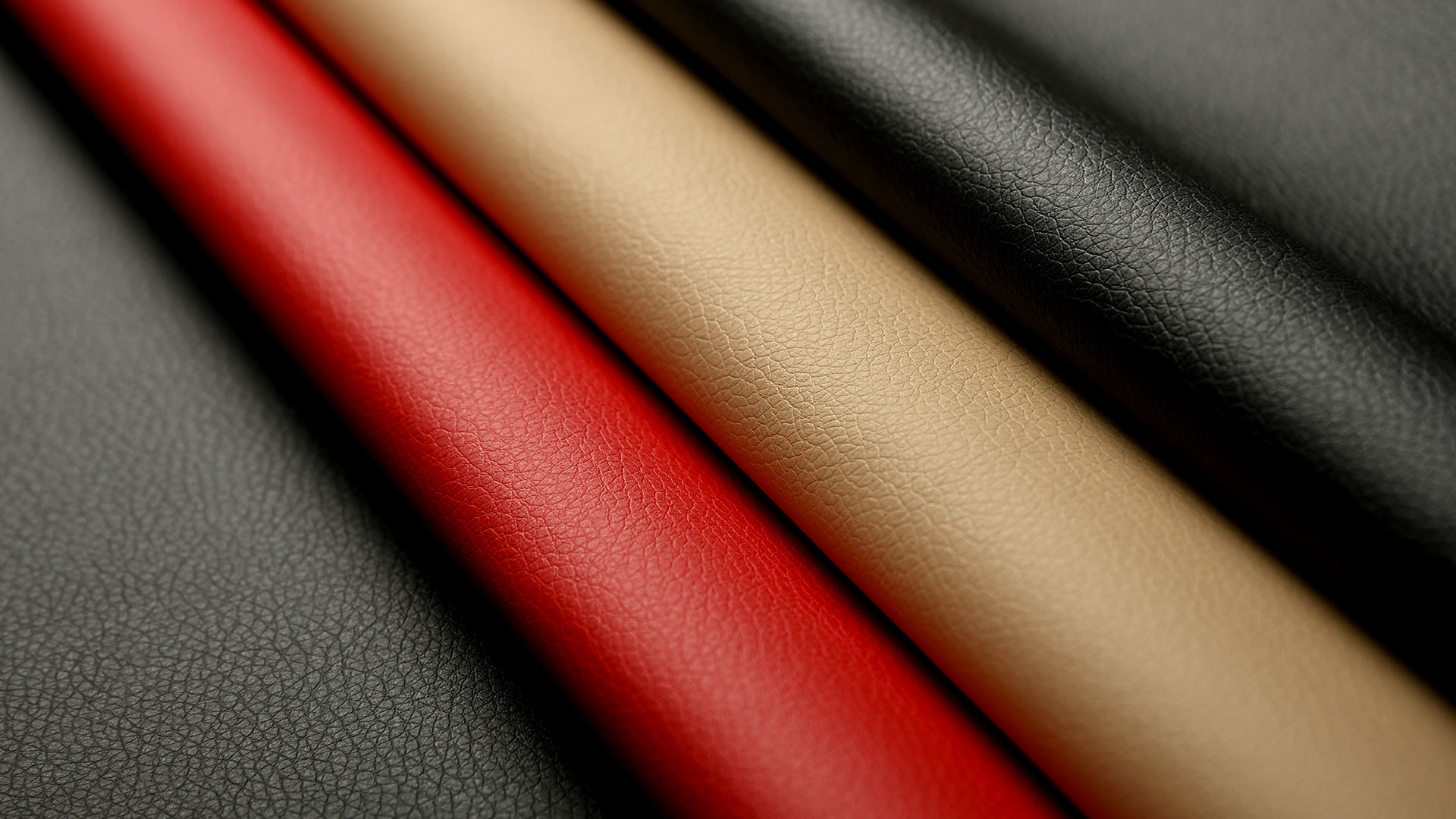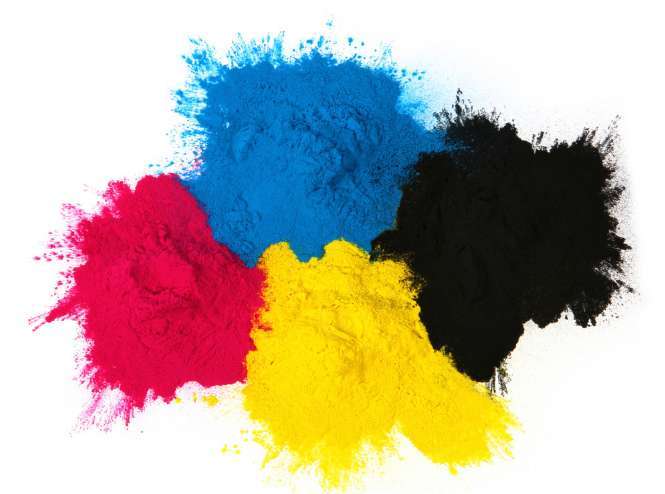What are the advantages of leather dyeing production technology?
Currently, most of the pigment-containing materials used in leather dyes and leather care in our country contain anions. After use, the leather surface becomes hard, like rubber, sealing the pores and reducing breathability. For example, leather can turn black, while synthetic leather does not mimic the effect after coloring. Suede and nubuck leather can only be cleaned and cannot be painted. These raw materials are not widely used in China. The domestic leather industry mainly uses imported materials, but they are expensive. The cost has significantly increased, and the prices of finished products in the market remain high, which has a great impact on sales.

The purpose of this invention is to provide a method that can be directly used for leather dyeing, post-treatment, and maintenance of re-coloring. The operation is simple, fast, and the dye has good stability. The proportion of leather dye varies for different fabrics and leathers.
Thus, the purpose of the invention of leather dye is achieved, which includes shear leather dyeing liquid, suede and nubuck leather dyeing liquid, and leather dyeing liquid. At room temperature, the shear leather coating liquid mixes metal complex dyes with water in a volume ratio of 1:4, and then fully stirs with synthetic resin in a volume ratio of 1:2. It also contains cationic emulsions for dyeing and priming.
The dyeing liquid for suede and nubuck leather contains metal complex dyes and diluents in a volume ratio of 1:4, and an appropriate amount of silicone oil and synthetic fixing agents is added.
The leather dyeing liquid is a coloring agent for smooth leather, accounting for 5% to 15% of the total silicone oil, 5% to 15% of metal complex dyes, and 1% to 5% of softeners and additives. The mixture of reagents also contains an appropriate amount of color paste. The synthetic resin contains equal amounts of fat, soft wax, and casein, forming a non-film-forming mixture, which is then diluted with a diluent to an appropriate consistency.
Compared with the prior art, leather dyes have the following advantages.
1. Leather dyes do not contain anions but are added with cationic oil emulsions. After spraying and brushing, the holes in the leather fibers are not invaded by chemicals, and the permeability does not change.
2. The synthetic resin contained does not form a film, does not shine, is large in volume, soft, and elastic, ensuring the quality of the leather. Using metal complex dyes and silicone oil, it does not form a film, is greasy, non-glossy, and bright. The dyed leather has no gloss, is soft and hard.
3. The method of use is spraying, brushing, and ironing, which is simple to operate. It is suitable not only for home use but also for large-scale production in leather factories. Using color-changing liquid, old leather jackets can be refurbished without spending a lot of money.
I hope the above introduction can help everyone understand leather dyes better, and I also hope that when using this dye in daily life, everyone can follow the instructions for standardized use, so as to protect the leather.
Latest developments







